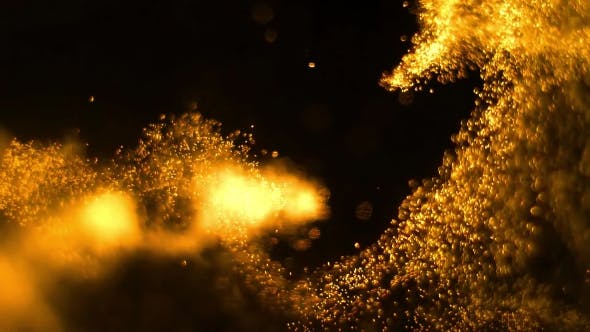
Scientists identified the cause of the unusual single-sided pulsation of the star named HD 74423. It is located in a binary star system with a red dwarf - its close companion distorts the oscillations with its gravitational pull.

Astronomers have released a catalog of 316 trans-Neptunian objects (TNOs) - minor planets located in the far reaches of the Solar System - detected from the first four years of the Dark Energy Survey.

It's calculated that, thanks to rapid inflation, the universe may contain more than 1 googol (10^100) stars, and if this is the case then more complex, life-sustaining RNA structures are more than just probable, they're practically inevitable.

The molecules were extracted by the Curiosity rover from a mudstone section of the Gale Crater. Scientists have concluded that we can't rule out those molecules actually have a biological origin.

Researchers have found that the lettuce, grown on board the International Space Station, is as nutritious as counterparts grown on the Earth, an advance that may help astronauts grow safe, fresh food during space missions.

Follow the story of golden atoms from their birth in stellar explosions via incorporation into formation of our planet to their coming together in a golden nugget and appearance in the Earth's crust.

US astronomy student Michelle Kunimoto has discovered 17 new planets, including a potentially habitable, Earth-sized world, by combing through data gathered by NASA.

A robotic servicing spacecraft has hooked up with an aging satellite over the Pacific Ocean. It accomplished the first link-up between two commercial satellites in space, and the first docking with a satellite that was never designed to receive a visitor.

Astronomers have found an exoplanet more than twice the size of Earth to be potentially habitable, opening the search for life to planets significantly larger than Earth but smaller than Neptune.

InSight is the first mission dedicated to looking deep beneath the Martian surface. Findings reveal a planet alive with quakes, dust devils and strange magnetic pulses. However, the lander's mole is still stuck and scientists are working on getting it digging again.

NASA mathematician Katherine Johnson did more than just calculate rocket trajectories for early space missions. Her story, when it was finally told, completely changed people's perceptions about who has been and who can be important in history.

The biggest explosion seen in the universe has been found. This record-breaking, gargantuan eruption came from a black hole in a distant galaxy cluster hundreds of millions of light years away.

SpaceX will work with space tourism company Space Adventures to send up to four people into space onboard SpaceX’s Crew Dragon spacecraft. The mission will send tourists to “twice the altitude of any prior civilian astronaut mission or space station visitor".

NASA has selected four possible planetary science missions for further evaluation, two focused on Venus, one on Jupiter's volcanic moon Io and one on Neptune's icy moon Triton. Final selections will be made next year.